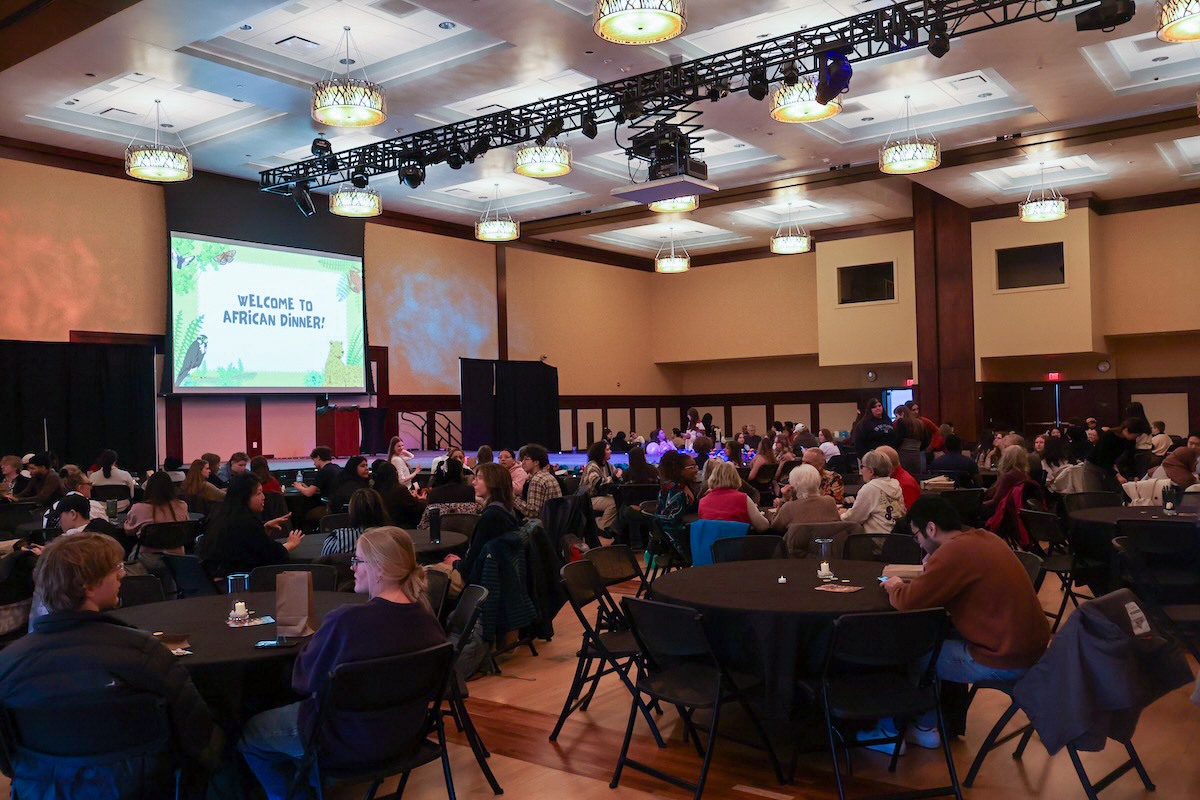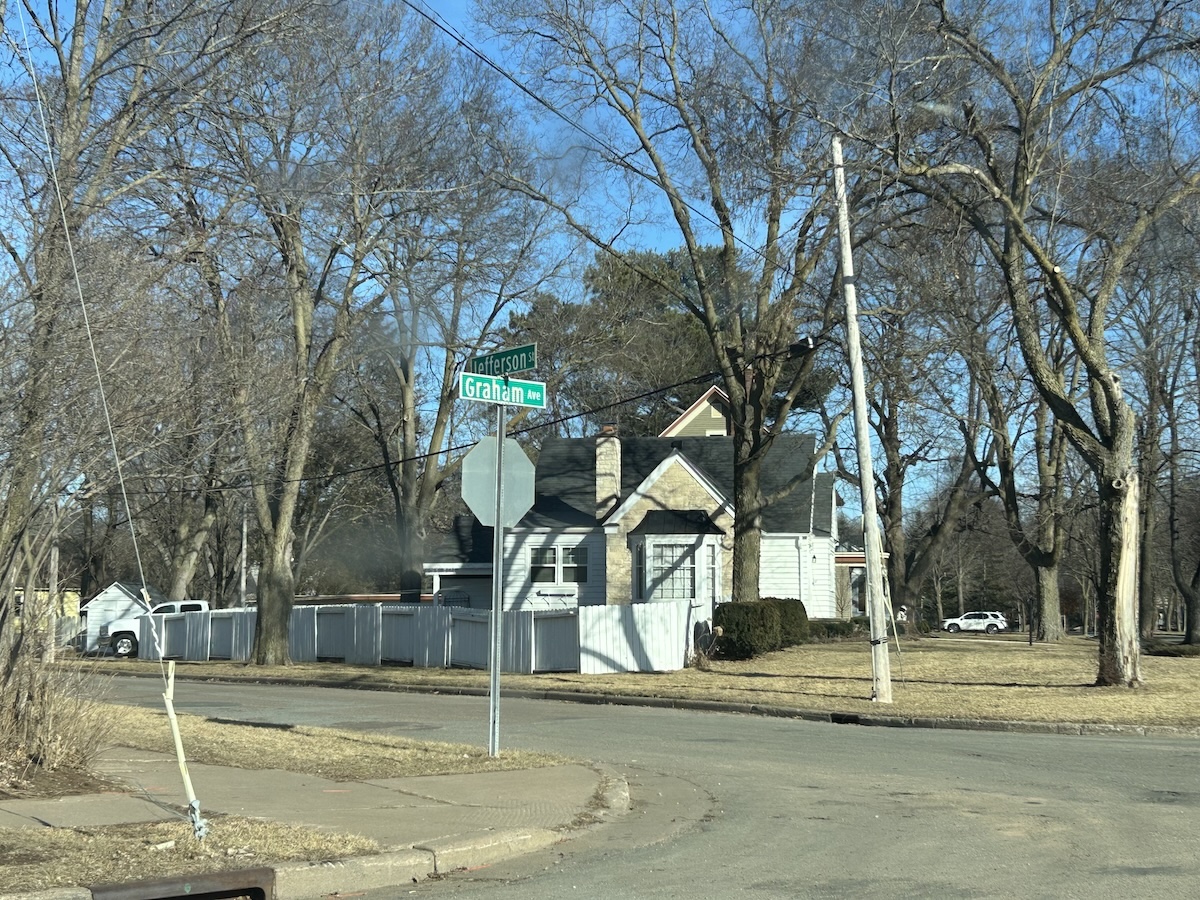The student group, called The Conservationists, set up an informational table in Davies Center last week to pass out information and provide postcards that would be sent to Doyle.
Conservationists president Katrina Smith said they collected about 100 postcards, but that hundreds have been collected around the state as part of a larger effort.
Smith declared that Doyle has said he wants all UW System coal plants to be converted to cleaner energy, but that there isn’t enough money yet to convert UW-Eau Claire’s upper-campus plant.
“We’re trying to push him to make our coal plant the next one that moves,” Smith said. “We want to let him know that we really want this for our campus and our community.”
Until recently, the plant supplied power to Sacred Heart Hospital on Clairemont Avenue. By no longer providing steam to the hospital, and burning natural gas in off-season months, the plant has been able to cut the amount of coal used by 33 percent, said Jim Franklin, power plant superintendent.
In fact, Franklin said they performed tests of wood pellets at the plant yesterday. He said this isn’t the first time a biomass source of energy has been tested there. Wood pellets are very dense and made from compacted sawdust, he said, as a result of mill activity.
“Part of our test will be to test how the plant can handle the pellets,” Franklin said. “We have extremely high hopes of the possibility that this will work.”
Associate Professor of Environmental Public Health Crispin Pierce said biomass fuels are a good alternative to coal, because they are carbon neutral.
Pierce said investigating the costs of coal energy has become an educational project for him and his students, and they have made rough estimates of the effects of burning coal on campus. He estimated a range of risk between one extra death every 200 years and one extra death every 10 years, he said.
“It’s not for me to say, as a scientist, if the risks are acceptable, but there is some increase in risk and that is something that you and I and everybody else would need to consider,” Pierce said. “Is the way we generate this heat energy for campus worth the extra health risks we incur?”
In preparation for The Conservationists’ table display in Davies, Pierce calculated that the volume of coal the heating plant burns each year would fill up 107 dorm rooms.
Pierce said conservation is a key to reducing energy consumption on campus. He mentioned lowering room temperatures by a few degrees, conducting an overview of energy consumption on campus as a couple ways to reduce cost as well as pollution.
“Conservation is always the number one choice when looking at reducing health risks from energy generation,” he said.
Franklin said, though, that he’s not sure the plant can ever completely move away from burning coal. He said Northwestern Wisconsin isn’t equipped to burn natural gas all year round.
“It doesn’t become a reliable option to say we’re going to burn natural gas and that’s all,” he said.
But he did say a realistic option would be to burn more natural gas and explore other sustainable options.
He said that everyone involved with the plant is in favor of exploring alternative energy options and working within their guidelines.
“We just can’t wave a magic wand and make it happen like most (people) would hope.”







